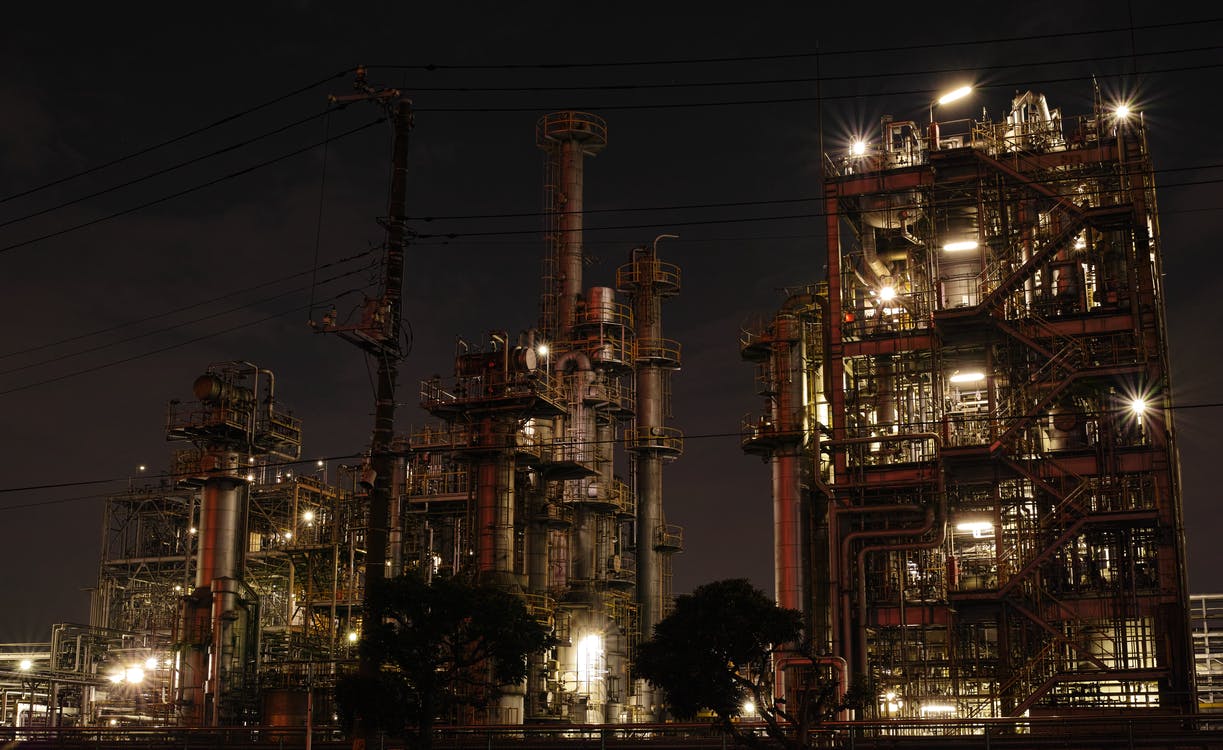The selling cost of goods or merchandise from the seller’s factory is called ex-factory price. Here the term “ex” depicts exports, which means that the ex-factory pricing is used when the business is linked with international partners. Typically, the purchase is made by the distributors who get the goods at a discounted price, but they do bear the transportation costs.
The seller first agrees on a price for the buyer or distributor to purchase the goods. Then a particular date is set for the goods to be ready for getting them out of the factory. The seller then is not responsible for loading the goods on the method of transportation of the buyer. Another term is FOB, which makes the seller liable to load goods on the buyer’s transportation method.
The ex-factory price is sometimes mixed with the wholesale price, but the two terms are different. The supplier or distributor typically charges the wholesale price for further distribution. But the ex-factory price is charged by the manufacturer only.
Ex-factory meaning
The term ex-factory means a discounted price of the merchandise bought directly from the manufacturer. This type of buying and selling is typically the first time selling the merchandise. That’s why it usually requires the buyer to arrange the products’ collection. If we simply define it, as the name suggests, it is the selling price of goods at the seller’s factory. The term is normally used when the business deals with overseas partners internationally.
If a buyer gets interested in buying goods at ex-factory terms, the buyer must keep in mind that the buyer and not the seller will bear all the transportation costs. So, this price is usually charged to the distributor, who further arranges the merchandise collection for sale.
Ex-factory price example
An example of a buyer buying goods on ex-works terms would be a seller willing to charge $50,000 as an ex-factory price for the goods to be purchased by the distributor. The seller would simply put the goods in his own warehouse for the distributer to collect. The seller then contacts the buyer to collect merchandise from there. This is the whole mechanism of selling and buying at ex-factory prices.
Ex-factory date meaning
It is a crucial date in buying and selling at ex-factory price. This is the date the seller has to keep the goods ready to be shipped and forward them to the next stage for moving shipment. On this date, the goods have to be completely ready for getting out of the factory. All the finishing touches for the goods need to be done before this date.
Ex-factory price vs. wholesale price
Ex-factory price and wholesale price are sometimes confused with being the same, but they have a difference. The wholesale price is a price that can be charged by the manufacturer as well as by the distributor to buy things in bulk, typically for further sale.
On the contrary, the ex-factory price is charged by the manufacturer only. This is because the ex-factory price is charged at the factory cost. After all, it has to be purchased from the manufacturer directly while a wholesale can be purchased by the distributor.
Example:
A distributor has purchased women’s apparel at ex-work terms. He has paid all the shipping costs and took the collection from the warehouse. He further distributes the merchandise to different distributors at different locations. Now, those distributors sell the apparel at wholesale price to different outlets which eventually sell the apparel at a retail price.
Visit tothefinance.
Ex-factory price vs. FOB
In the ex-works terms, the buyer is obligated to pay all the transportation costs. The seller just has to make the goods available on the decided date and location. He is not responsible for making the goods available at the point of delivery. The buyer does all this work; he pays for it and keeps track of the goods.
On the contrary, in Free of Board (FOB), the seller has to load the goods on the buyer’s methods of transport which are opposite to that of ex-works terms. As the name depicts, the seller is responsible for making the goods to be on board; once the goods reach the ship all the responsibility transfers to the buyer.
How to calculate ex-factory price
The ex-factory price cannot be calculated using a standard formula through which the seller or manufacturer sets it. Related to the ex-factory price, there is a FOB Value that can be simply calculated by adding the ex-factory price to the other costs. The shipment cost and other additional costs are added to the ex-factory price in this kind of pricing. The calculation of Free on Board price can be formularized as follows;
FOB value = Ex-factory Price + Other Costs
Here, other costs usually include the cost to put merchandise on the ship for exporting, transportation costs, the cost for storage of the goods, handling port, etc. All these costs are to be paid by the buyer.
Conclusion
Understanding the term ex-factory price is significant when dealing with imports and exports. The ex-factory price is a price at which the seller agrees to sell goods from his factory, and the buyer agrees to pay all the shipment costs to make goods reach his point of delivery. Free on board (FOB) is used when the seller is liable to pay the costs to make the goods reach on board. The difference between both the terms has been explained in detail above in the article.
Moreover, the difference between ex-factory and wholesale prices is also explained in detail. The wholesale price is used when the things are sold in bulk and are charged by the distributors, not the manufacturer. Buyers can get a clear picture of all the costs incurred while shipping the goods; this adds to the value of ex-factory pricing!
